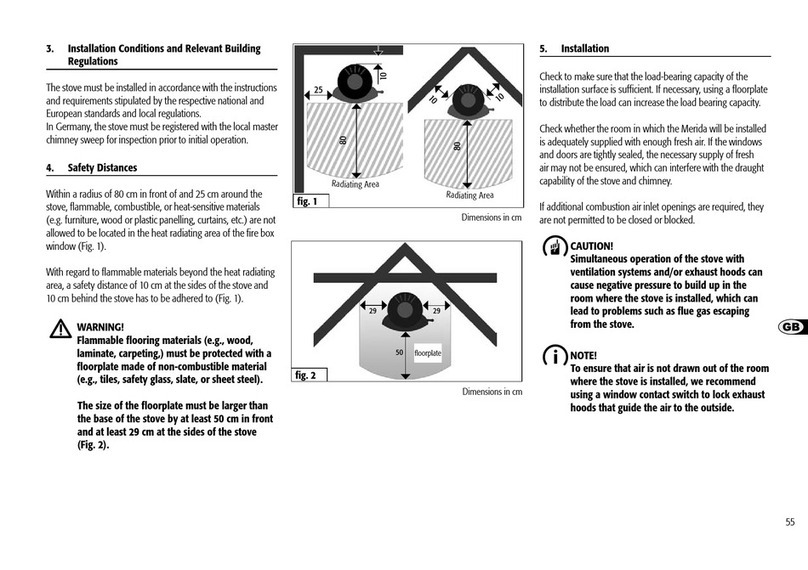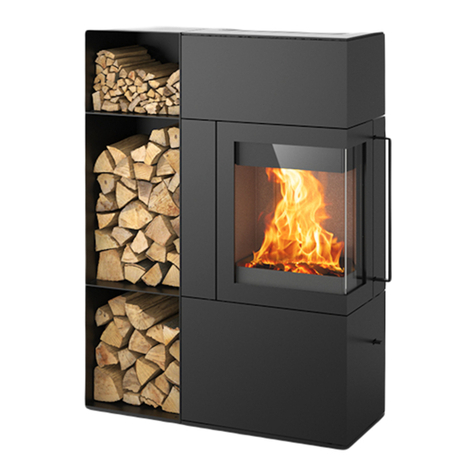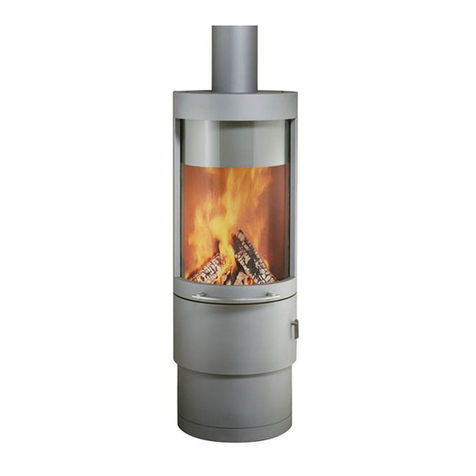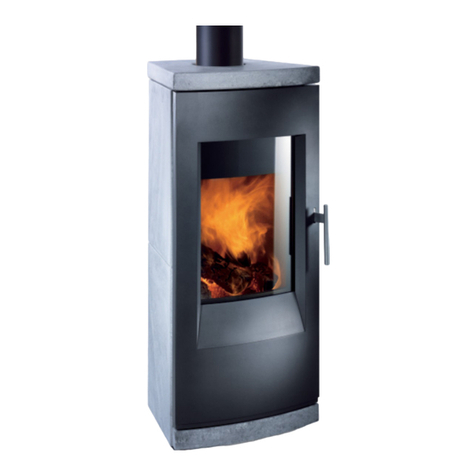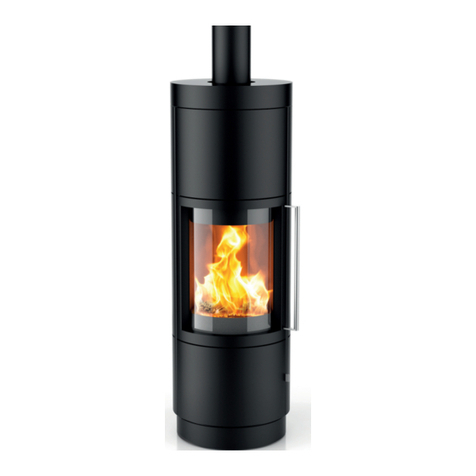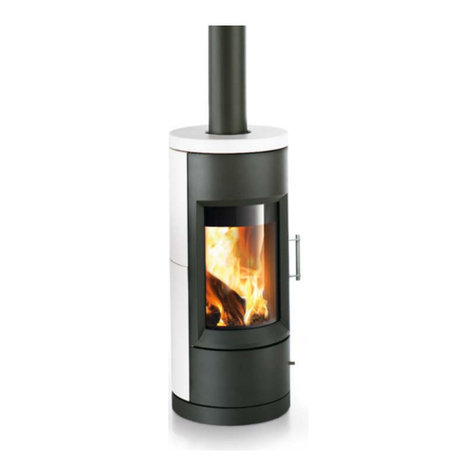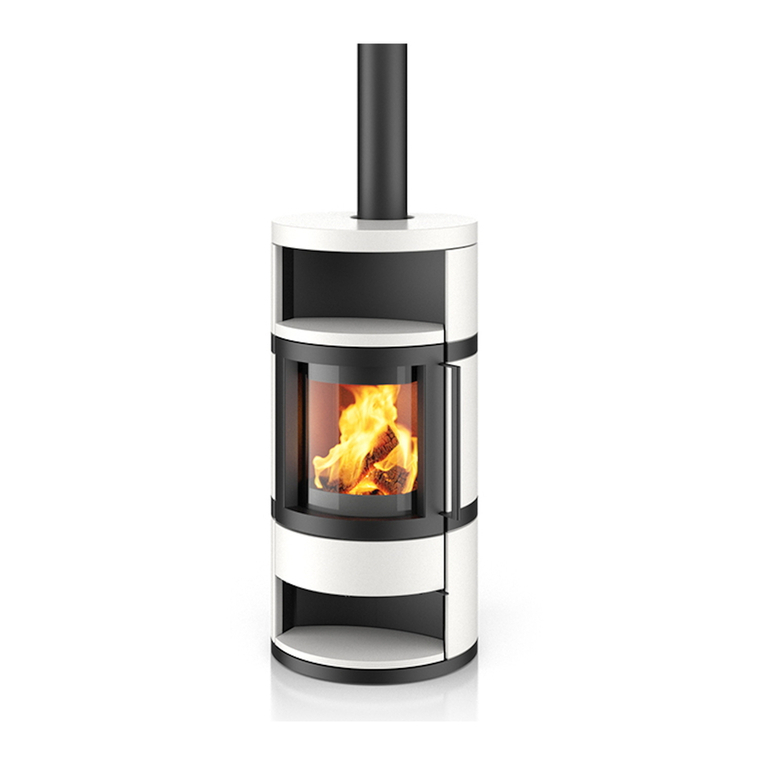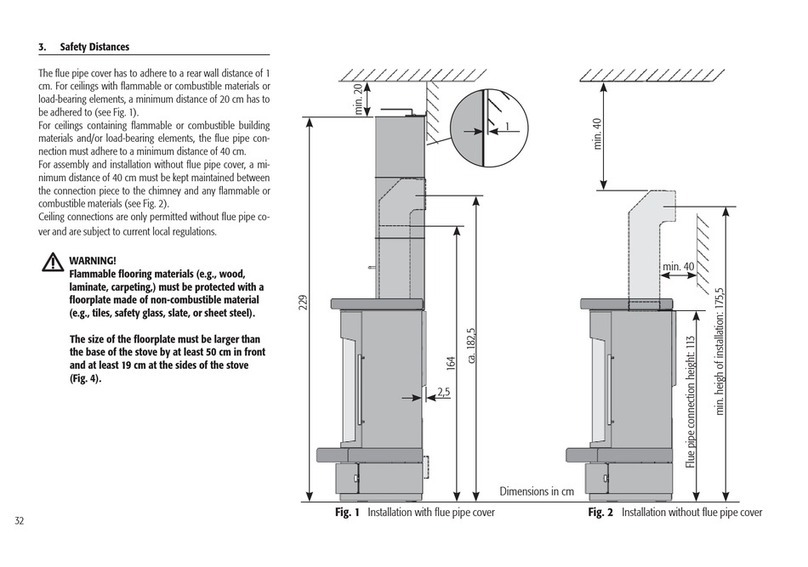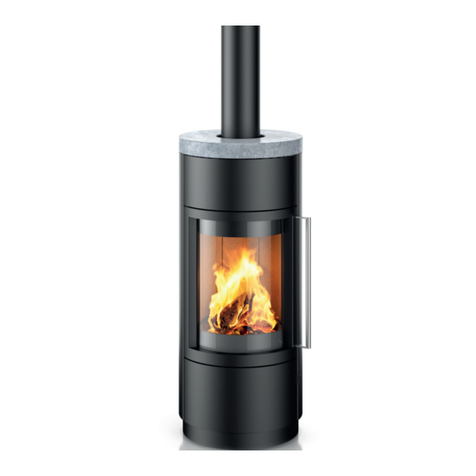52
Dear Hase customer,
In deciding on a Hase stove, you have purchased a top quality
product. It goes without saying that we only use first-rate
materials and process them with superior craftsmanship
and the greatest care and precision. At our headquarters in
Trier, Germany, we put our love of detail into every stove we
develop and manufacture, thus ensuring that they meet the
highest standards in design, functionality, and eco-friendliness.
The well-balanced design, state-of-the-art production
processes, as well as our efficient and environmentally-friendly
combustion technology will let you keep enjoying your Hase
stove for years to come.
Please read carefully through these operating instructions.
They provide important instructions and offer useful tips for
spending cosy hours around the fire.
We hope you will enjoy your new HASE stove.
Yours sincerely,
Hase Kaminofenbau GmbH
Contents Page
1. General Information ........................................................52
1.1. Definition of Safety Notes.................................52
1.2 Proper Use............................................................53
1.3 Safety Instructions ..............................................53
2. Control Elements..............................................................54
3. Installation Conditions and
Relevant Building Regulations.......................................55
4. Safety Distances................................................................55
5. Installation..........................................................................55
6. Chimney.............................................................................56
7. Flue Pipe Connection.......................................................56
8. Butterfly Valve....................................................................56
9. The Right Fuel....................................................................56
10. Regulating the Combustion Air......................................57
10.1 Primary Air..........................................................57
10.2 Secondary Air ....................................................57
11. Fuel Load Sizes and Thermal Output ...........................57
12. Initial Operation................................................................58
13. Lighting the Fire................................................................58
14. Adding Fuel / Heating at Nominal Thermal Output .59
15. Heating with Brown Coal Briquettes............................59
16. Banking the Fire and Raising the Temperature..........59
17. Heating at Low Thermal Output....................................59
18. Emptying the Ash Drawer...............................................60
19. The Combustion Process................................................60
19.1 Drying Phase .....................................................60
19.2 Degasification Phase........................................61
19.3 Burn-off Phase...................................................61
19.4 Expansion Noises..............................................61
20. The Chemistry of Wood..................................................61
21. Contribution to Environmental Protection..................61
22. Evaluating the Combustion Quality..............................61
23. Wood Moisture Content and CalorificValue...............62
24. Storing and Drying Wood...............................................62
25. Cleaning and Maintenance.............................................62
25.1 Steel Cladding...................................................62
25.2 Flue Gas Paths..................................................62
25.3 Ceramic Glass Panels and Windows............63
25.4 Fire Box Lining..................................................63
25.5 Sealing Strips.....................................................63
26. Troubleshooting................................................................64
27. Technical Data...................................................................65
28. CE Declaration of Conformity........................................66
1. General Information
This section contains important information on using this
technical documentation. Utmost care was taken in preparing
this document. Nevertheless, suggestions for improvement
and comments regarding any errors are always welcome.
© Hase Kaminofenbau GmbH
1.1 Definition of Safety Notes
WARNING!
This symbol alerts you to a potentially
hazardous situation. Non-compliance with this
warning can cause severe injuries, or even
death.
CAUTION!
This symbol alerts you to a potentially ha-
zardous situation. Non-compliance can cause
damage to property or injuries to persons.
NOTE!
Provides additional tips about using the stove
as well as useful information.
ENVIRONMENT!
Sections marked with this symbol provide
information about safe and environmentally-
friendly operation as well as environmental
laws and regulations.







